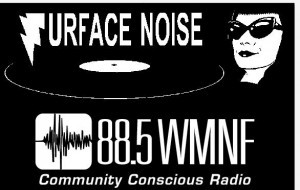
The Tampa Bay Estuary Program announced Thursday that it will be getting $2 million from Clean Water Act fines to fund seven local projects; the money is from a settlement with TransOcean and other companies and results from the 2010 Deepwater Horizon oil disaster in the Gulf of Mexico. It will fund a restoration project at Fort DeSoto in Pinellas County as well as other projects in Manatee, Hillsborough and Pinellas Counties. Holly Greening, executive director of the Tampa Bay Estuary Program, says this segment of funds does not include settlement money from BP.
Here’s more information about the seven projects, as provided by TBEP:
Cooper’s Point Water Quality Improvements (City of Clearwater)
Hydrologic improvements to improve treatment and flushing of stormwater flowing from Cooper’s Bayou into Old Tampa Bay. Project includes excavation of a channel to enhance flushing and removal of mounds covered with invasive Brazilian pepper trees.
Biosolids to Energy (City of St. Petersburg)
Biosolids treatment will be upgraded at the Southwest Water Reclamation Facility to optimize generation of methane that will then be used to produce renewable natural gas for vehicle fuel and electricity.
Copeland Park Stormwater Improvements (City of Tampa)
Stormwater pond dredging and subsequent shoreline restoration will occur at this urban park south of Fowler Avenue near the University of South Florida.
Coastal Invasive Plant removal (Hillsborough County)
Eradication of high-priority invasive plants from environmental lands managed by Hillsborough County along Tampa Bay’s eastern shore, including Cockroach Bay Aquatic Preserve, E.G. Simmons Park and Upper Tampa Bay Park.
Robinson Preserve Restoration (Manatee County)
Creation of coastal wetlands and sub-tidal habitats by restoring former farmlands at this county-owned nature preserve near Bradenton.
Fort DeSoto Recirculation Project (Pinellas County)
Removal of a land bridge created for an old access road at the park will re-establish tidal flushing and improve water quality in two backwater bays.
Palm River Restoration Phase II (SWFWMD)
Removal of invasive plants, installation of native plants and construction of three ponds to treat stormwater flowing into McKay Bay from surrounding urban lands.
Gulf Restoration Council website:
https://www.restorethegulf.gov/
Listen:















